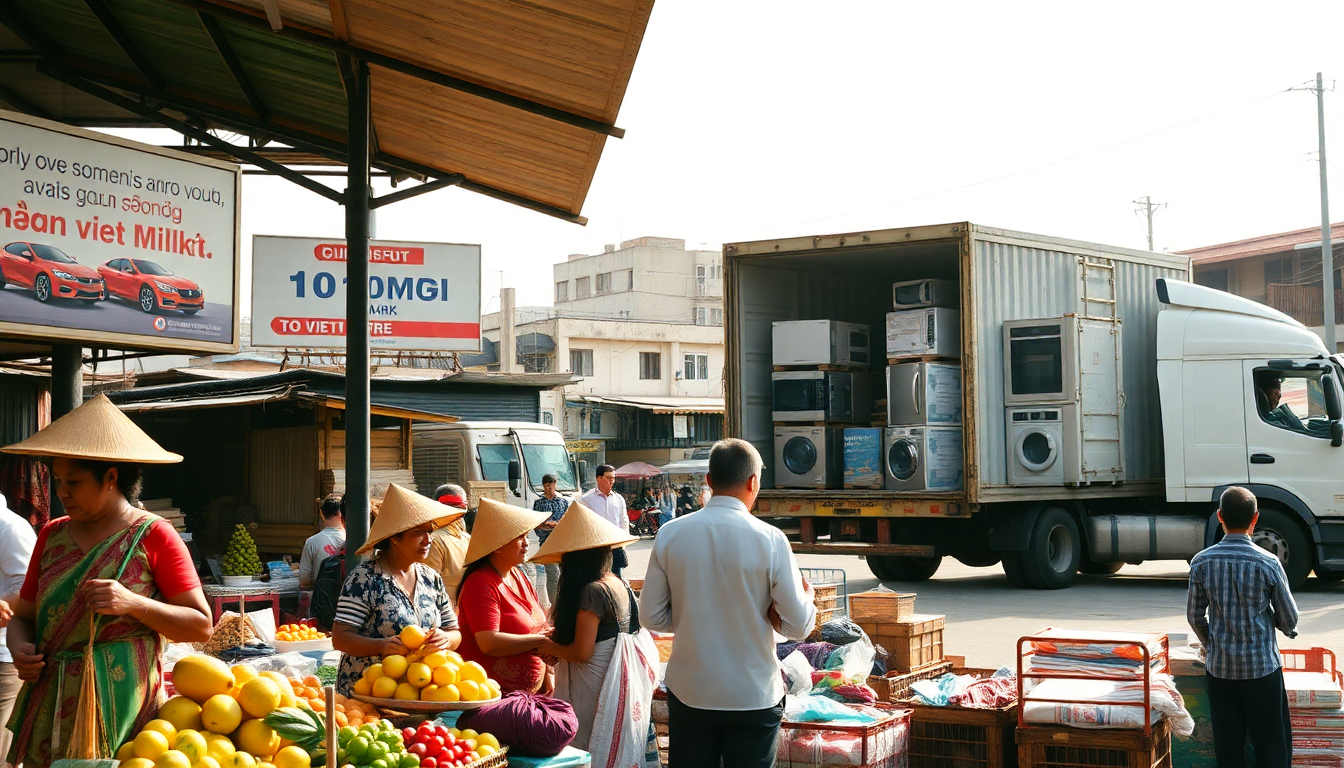Table of Contents
The recent trade agreement between the United States and Vietnam has sparked quite a bit of chatter among economists and business leaders. So, what’s the gist of it? Under this new arrangement, American goods can enter Vietnam without facing any tariffs, while Vietnamese exports to the U.S.
will hit a hefty 20% tariff. At first glance, this setup seems to create an uneven playing field, where U.S. exports get a free pass, leading us to wonder about the long-term effects on both economies.
Breaking Down the Trade Deal
What stands out about this trade deal is the noticeable imbalance. U.S. exports to Vietnam have the advantage of tariff-free access, which could boost shipments and strengthen those all-important bilateral trade relations. But hold on—let’s not overlook the 20% tariff on Vietnamese goods.
When you consider that last year’s average rate was only 9.4%, this increase is quite significant, more than doubling the previous rate. This shift could have major consequences for Vietnam’s export-driven economy.
It’s also worth noting that this new tariff is a lot lower than the staggering 46% proposed by the Trump administration earlier this year.
While this reduction still feels heavy, it could be seen as a move toward a more balanced approach to trade. Economic experts like Augustine Ha Ton Vinh, a Vietnamese-American businessman, believe that Vietnam can handle the current 20% tariff, but he warns that any further increases could push the Vietnamese economy into a crisis.
Mixed Reactions and Future Implications
As for how business leaders are reacting to this new tariff rate, opinions are pretty mixed. Some, like Ngo Minh Duc, the founder of LCTV Financial Investment Joint Stock Company, acknowledge the hurdles posed by the increased tariffs but maintain a sense of confidence that these challenges can be tackled.
The general vibe seems to be one of cautious optimism, with many in Vietnam believing their economy is resilient enough to adapt to this new reality.
However, the stakes are high for Vietnam’s economy. With a significant slice of its GDP tied to exports—especially to the U.S.—these tariffs might force a reassessment of trade strategies. Businesses could find themselves needing to diversify their markets or ramp up their competitiveness to soften the blow of these tariffs.
Looking Ahead: Strategic Shifts on the Horizon
As we look ahead, it’s crucial for Vietnamese exporters to rethink their strategies in light of this new tariff landscape. Focusing on innovation and adding value to products could be key to surviving the competitive pressures these tariffs create. Plus, building stronger trade ties with other countries may serve as a safety net against U.S. trade policies.
In conclusion, while this new trade deal throws some challenges Vietnam’s way, it also opens the door for the country to showcase its economic agility. By adjusting to the changing landscape and exploring fresh avenues for growth, Vietnam has a real shot at thriving, even in the face of U.S. tariffs.





